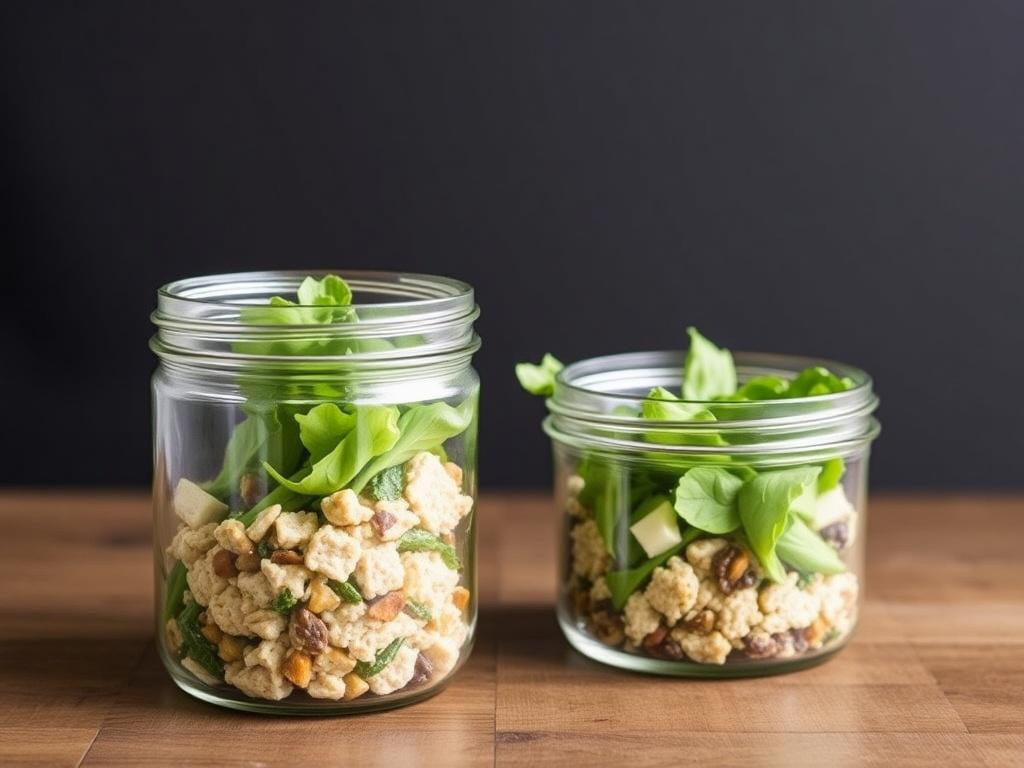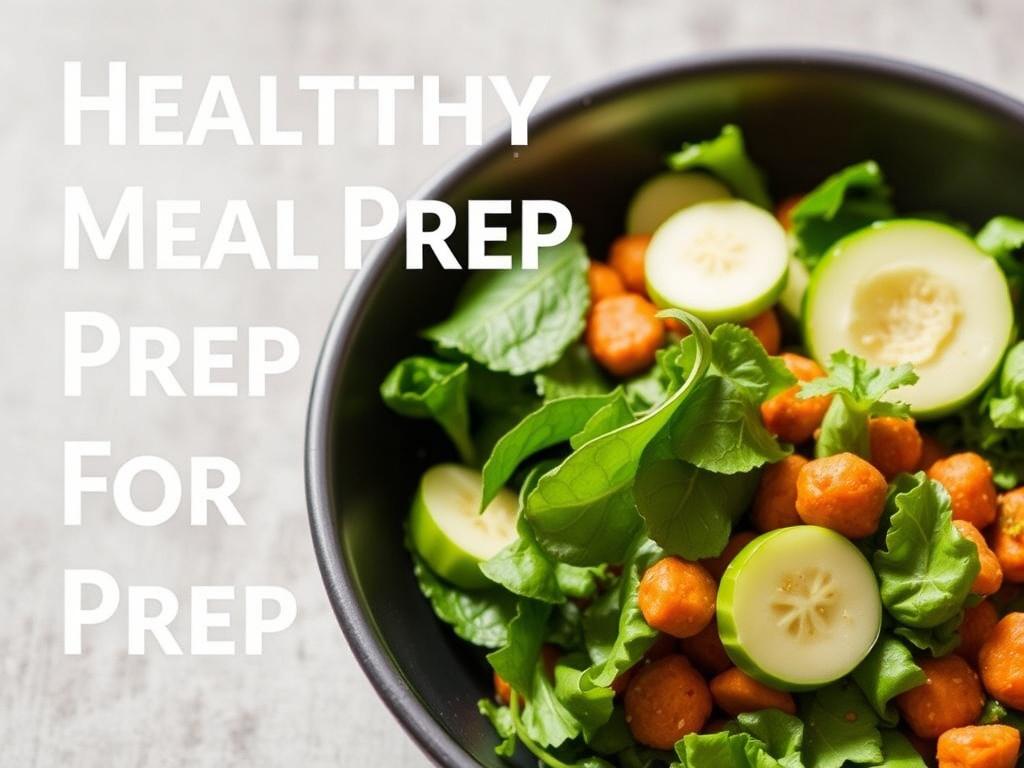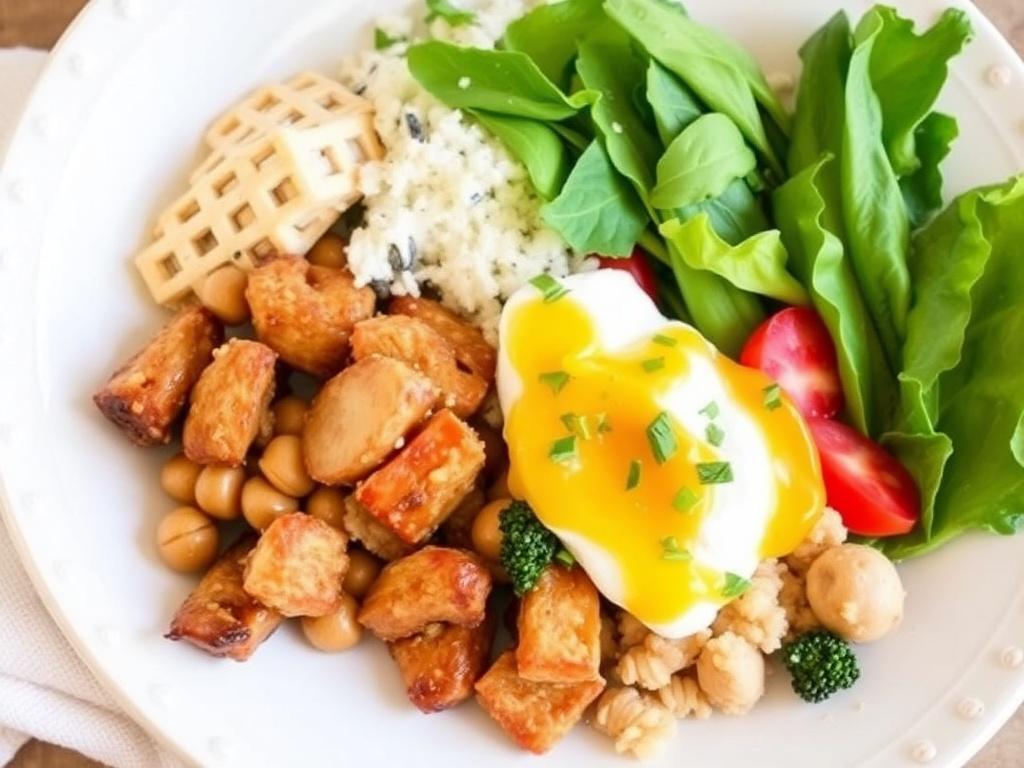Quick Homemade Flatbreads: Fast, Flexible, and impossibly Good
Flatbreads are the kind of food that listens: they take what you have, they forgive small mistakes, and they turn out delicious with surprisingly little fuss. In this article I will guide you through techniques that make Quick Homemade Flatbreads a weeknight staple rather than an occasional treat. You will find approachable dough formulas, stove-top and oven methods, some reliable flavor variations, and storage tips that keep the bread fresh and ready. I write from years of cooking in small kitchens, where time and ingredients were limited but appetite was plentiful, so these methods favor speed, clarity, and taste. Read through and pick a few techniques to try; each one is designed to slot into real life, not just to look pretty in a photograph.
Why flatbreads deserve a place in your kitchen
Flatbreads are remarkably versatile: they can be a wrap, a plate for dips, a pizza base, or a simple snack with butter and honey. Because they require few ingredients and little specialized equipment, making them at home becomes practical almost immediately. For diners who want to skip industrial preservatives and control salt or fat, homemade flatbreads offer transparency and flavor that store-bought options rarely match. They also scale easily; the same basic dough can be doubled for a family dinner or kept small for a solo lunch. Finally, the quick preparation makes them suitable for busy evenings when you want something comforting without a long list of steps.
Beyond convenience, flatbreads invite experimentation. A basic dough will welcome olives, herbs, yogurt, or whole grains without collapsing; the result changes character but keeps a familiar comfort. Learning a couple of foundational techniques expands what you can do: a skillet method gives char and blistered spots, an oven roast creates puff and crisp edges. For home cooks who enjoy tuning textures and flavors, flatbreads are an excellent laboratory. Once you understand hydration and heat, improvisation becomes not risky, but fun.
Foundations: dough types and simple ratios
There are three classical directions for quick flatbreads: unleavened doughs that use water and fat, yogurt-leavened versions that stay tender, and fast yeasted doughs that give a light, airy texture. Each approach requires slightly different hydration and rest, but all remain within reach of a home kitchen. Unleavened doughs are the shortest route to the table, yogurt breads add tenderness without long rising, and quick yeasted breads benefit from a short proof to develop flavor. Understanding which path suits your schedule will help you choose a recipe for any given evening.
Below is a compact reference table with basic formulas for single-batch doughs that yield about 6 medium flatbreads. These ratios are forgiving and meant as a starting point; small adjustments in flour or liquid will be necessary depending on humidity and flour type.
| Dough type | Main ingredients | Notes |
|---|---|---|
| Unleavened (quick) | 200 g flour, 120 ml water, 1 tbsp oil, 1 tsp salt | Mix and rest 10–20 minutes; roll thin |
| Yogurt flatbread | 200 g flour, 150 g yogurt, 1 tsp baking powder, pinch salt | No yeast; soft, tender crumb |
| Quick yeasted | 250 g flour, 150 ml warm water, 5 g instant yeast, 1 tbsp oil, 1 tsp salt | Short proof 30–60 minutes for lift |
Techniques that speed things up and improve texture
Hydration matters more than you might expect: slightly wetter doughs roll out with less tearing and produce lighter bread after cooking. If your dough feels tight, add water a teaspoon at a time until it becomes pliable and just slightly tacky. Rest is another small investment with big returns; even a ten-minute rest relaxes gluten and makes rolling simpler. When time is truly short, divide the dough into smaller pieces early; smaller balls relax faster and cook more evenly on a skillet.
Another practical technique is using a hot, heavy pan. Cast iron or thick stainless steel delivers the immediate, even heat that creates attractive blistering and quick cook times. Preheat the skillet until a drop of water sizzles and dances; then place the rolled dough directly on the hot surface. Flip once or twice; the goal is color, slight charring, and cooked-through interior. For oven baking, use a preheated baking steel or pizza stone to simulate the pan’s instant transfer of heat.
Cooking methods: skillet, oven, and grill
The skillet method is the fastest and most accessible. Heat the pan over medium-high until very hot, lay the dough down, and watch for bubbles; the first side typically cooks in 30–60 seconds depending on thickness. Flip and finish, pressing gently with a spatula if large bubbles form unevenly. This method is especially good for rapid weeknight cooking because it requires no preheating of large appliances and produces that desirable blistered surface.
Baking in the oven suits multiple breads at once. Use a baking stone or steel placed high in the oven and preheat to 250–260°C if your oven reaches it, otherwise the highest setting available. Slide the flatbreads onto the hot surface and roast for 4–6 minutes until edges brown and some blistering occurs. Oven-roasted breads tend to have a slightly drier crust and are excellent for accompanying dips where sturdiness helps.
Grilling adds smoke and char that transform a simple dough into something more rustic. Oil the grill grates lightly and cook directly over high heat, turning quickly to achieve even char. Thin flatbreads cook in under a minute per side, so attention is required. Grilled breads pair exceptionally well with robust fillings like grilled vegetables or spiced meats because the charred flavors echo the toppings.
Flavor play: herbs, spices, and fillings
Incorporating flavor into the dough is a subtle, effective way to elevate flatbreads. Finely chopped herbs such as rosemary, thyme, or cilantro meld into the crumb and release aroma when the bread hits hot metal. Spices like cumin, smoked paprika, or sumac work nicely with yogurt-based doughs, giving them a savory lift. For a touch of sweetness, fold in a small amount of honey or replace part of the water with milk to create a richer, softer bread.
Fillings and toppings turn flatbreads from a side dish into the main event. Simple combinations such as garlic, olive oil, and lemon zest make for a bright accompaniment to grilled fish. For a quick meal, spread a thin layer of labneh or strained yogurt, top with sliced cucumbers, herbs, and a drizzle of chili oil. Flatbreads also welcome cheese directly in the dough or melted on top; sprinkle grated halloumi or crumbled feta before the final cook for a melty finish.
Two hands-on recipes to start with
Recipe 1: Basic skillet flatbread. Combine 200 g all-purpose flour, 1 tsp salt, 1 tbsp oil, and 120 ml warm water. Knead briefly until you have a smooth ball, then let it rest for 10–15 minutes covered. Divide into six pieces, roll thin, and cook on a hot skillet 30–45 seconds per side until brown spots appear. Brush with butter or olive oil and serve warm.
Recipe 2: Yogurt and herb flatbread. Mix 200 g flour, 150 g Greek yogurt, 1 tsp baking powder, 1 tsp salt, and 1 tbsp chopped fresh herbs. Bring together with a spoon, then knead lightly until cohesive; rest 20 minutes. Flatten into rounds by hand or with a rolling pin and cook on a preheated pan until both sides are golden and puffed. This bread is tender and holds up to spreads and sandwiches very well.
Practical tips from my kitchen
When I first started making flatbreads regularly, my rolls were uneven and my timing was off, but a few adjustments made a big difference. I learned to keep dough balls under a damp cloth to prevent skinning, and to warm plates slightly to keep cooked breads soft while I finished the batch. Using a tortilla press or a heavy skillet to flatten the dough saved time on busy nights. These small habits remove friction and transform the process into a relaxed routine rather than a frantic scramble.
Another habit that improved results was tasting and tweaking. I began by making the basic recipe and then adding one change at a time: a teaspoon of olive oil here, an extra minute on the pan there. Over a few weeks the changes accumulated into a set of go-to tweaks that fit my preferences for chewiness and char. Sharing flatbreads with friends also led to unexpected favorites, such as a lemon-herb version that became a party must-have. Simple iteration is the fastest path to mastery in the home kitchen.
Serving suggestions and pairings

Flatbreads are chameleons at the table and work across cuisines. Serve them alongside hummus, baba ganoush, or tzatziki for a Mediterranean spread. For a Middle Eastern-style meal, layer warm flatbreads with grilled meats, pickled vegetables, and tahini-based sauces. They also perform as improv pizzas: brush with oil, add toppings, and finish under the broiler for a crisp-topped snack. Because they are thin and pliable, they make excellent wraps for salads, falafels, or roasted vegetables.
Beverage pairing is simple: light-bodied beers and herbal teas complement bright, herbed breads, while fuller reds stand up to boldly spiced fillings. For family dinners, I often offer a selection of flatbreads with small bowls of toppings and sauces so everyone can assemble their own. This interactive approach keeps meals relaxed and lets the bread shine in different roles. The key is to match the bread’s texture to the filling; tender, pillowy breads suit creamy fillings, while crisper breads hold up better to juicy ingredients.
Storage, freezing, and reheating
Fresh flatbreads are best eaten the first day, yet proper storage extends their usefulness considerably. To keep them soft, stack breads with a piece of parchment between each, wrap in foil, and store at room temperature for up to two days. For longer storage, place the stack in an airtight bag and freeze; frozen flatbreads thaw quickly at room temperature or in a warm skillet. Reheating on a hot pan for 20–30 seconds per side restores texture better than a microwave.
When freezing, separate stacks into portions you are likely to use at once; thawing and refreezing introduces dryness. If breads dry out, spritz lightly with water and warm briefly in a skillet set to low heat; trapped steam will soften them. For larger batches that you expect to use as wraps, par-bake slightly less so the bread finishes cooking when reheated with fillings. These small practices save flavor and prevent wasted loaves.
Troubleshooting common problems
If your flatbreads turn out tough, the dough was likely overworked or the hydration was too low. Letting the dough rest relaxes gluten and produces tenderness, so avoid excessive kneading for some recipes. Alternatively, if breads are gummy inside, they may be too thick or the pan not hot enough; thin the dough and increase heat for a quick, dry cook. Slight charring without raw interior indicates the right balance between heat and thickness.
For uneven bubbles or irregular shapes, check the dough temperature and rolling technique. Cold dough resists stretching and snaps back, so allow it to warm briefly before rolling. Use minimal flour when rolling; excess flour on the surface prevents blistering during cooking. Finally, if flatbreads puff excessively and then collapse, they likely had pockets of steam that escaped; reduce rolling thickness slightly to maintain a consistent texture.
Wrapping up and putting practice into action
Making Quick Homemade Flatbreads is less about perfection and more about building habits that lead to reliable, delicious results. Start with the simplest dough and one preferred cooking method, then add flavors and techniques as confidence grows. Keep a small stash of pantry staples—flour, yogurt, oil, salt—and you can turn out fresh breads on demand. The satisfaction of passing a warm, slightly blistered flatbread around the table is immediate and rewarding, and it makes everyday meals feel a little more special.
Choose one recipe from this guide and make it tonight; learn how the dough feels, how quickly your pan heats, and what thickness you prefer. After a few bakes you will have a mental library of tweaks that suit your taste and schedule, and flatbreads will become a dependable companion in your cooking. Put on some music, invite someone to share the first batch, and let the simplicity of fresh bread remind you why small, handmade foods matter.











